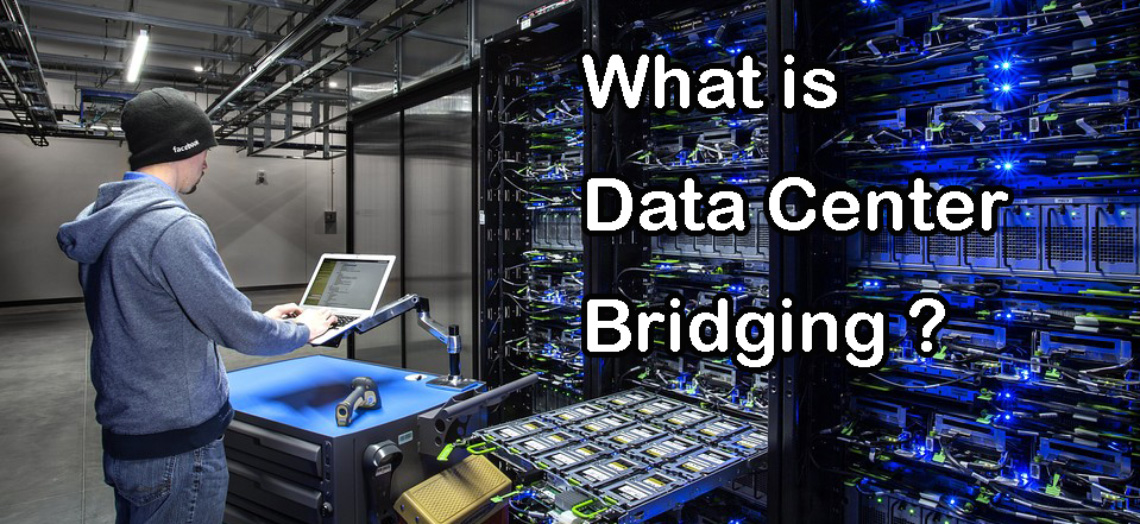Data Center Bridging (DCB): Enhancing Network Efficiency and Performance
Introduction to Data Center Bridging (DCB)
Data Center Bridging (DCB) is a suite of networking technologies designed to enhance Ethernet performance in data centers. As enterprises continue to generate massive amounts of data, efficient network traffic management has become critical. DCB enables lossless Ethernet communication, improving reliability and reducing latency in high-performance computing environments.
Why Data Center Bridging is Important
Traditional Ethernet networks use best-effort traffic management, which can lead to packet loss and increased latency. This is particularly problematic for applications like cloud computing, virtualization, and storage networking, where low-latency and high-reliability are essential. DCB addresses these issues by implementing features that optimize network efficiency and ensure seamless data transmission.

Key Components
DCB comprises several protocols and standards that work together to enhance Ethernet-based networks. These include:
- Priority-based Flow Control (PFC) – PFC eliminates packet loss by enabling flow control per traffic class rather than the entire network, ensuring high-priority traffic receives adequate resources.
- Enhanced Transmission Selection (ETS) – ETS enables fair bandwidth allocation among different traffic types, preventing congestion and maintaining a balanced network load.
- Congestion Notification (CN) – CN minimizes congestion by detecting network congestion points and sending notifications to sources, allowing for dynamic traffic adjustments.
- Data Center Bridging Exchange (DCBX) Protocol – DCBX facilitates automatic configuration of DCB parameters between network devices, simplifying deployment and management.
Benefits of Implementing Data Center Bridging
The adoption of DCB provides multiple advantages for data centers and enterprises, including:
- Reduced Packet Loss – By implementing PFC, DCB ensures critical data is not lost due to congestion.
- Improved Network Efficiency – ETS and CN help optimize bandwidth usage, preventing bottlenecks and enhancing overall performance.
- Better Quality of Service (QoS) – DCB enables better prioritization of traffic, ensuring mission-critical applications run smoothly.
- Scalability and Flexibility – As businesses grow, DCB allows networks to scale seamlessly, accommodating increased traffic loads.
- Enhanced Storage Networking – DCB supports protocols like Fibre Channel over Ethernet (FCoE), enabling efficient storage traffic management.
Implementing Data Center Bridging
To successfully implement DCB, organizations should:
- Assess Network Requirements – Identify key applications that require DCB enhancements.
- Deploy DCB-Compatible Hardware – Ensure switches, adapters, and network interfaces support DCB standards.
- Configure DCB Settings – Enable and fine-tune PFC, ETS, CN, and DCBX based on network demands.
- Monitor and Optimize – Use network monitoring tools to analyze performance and make necessary adjustments.
Conclusion
Data Center Bridging is a vital technology for modern data centers, enhancing Ethernet efficiency and reliability. By reducing packet loss, improving traffic management, and ensuring seamless communication, DCB supports high-performance applications and storage solutions. Organizations looking to optimize their network infrastructure should consider adopting DCB to meet the growing demands of digital transformation.